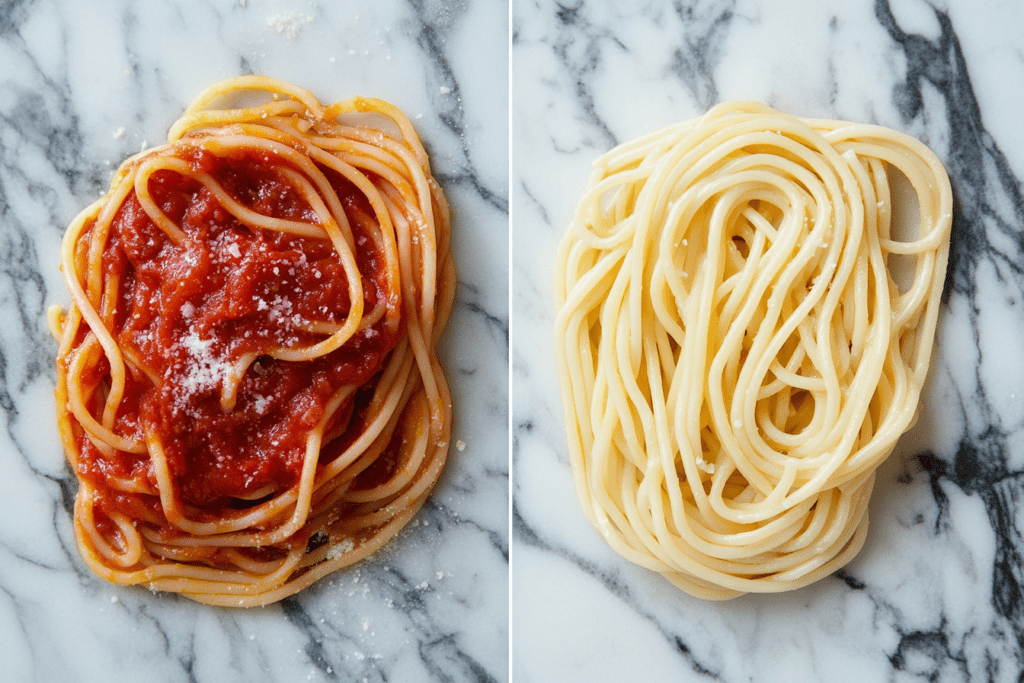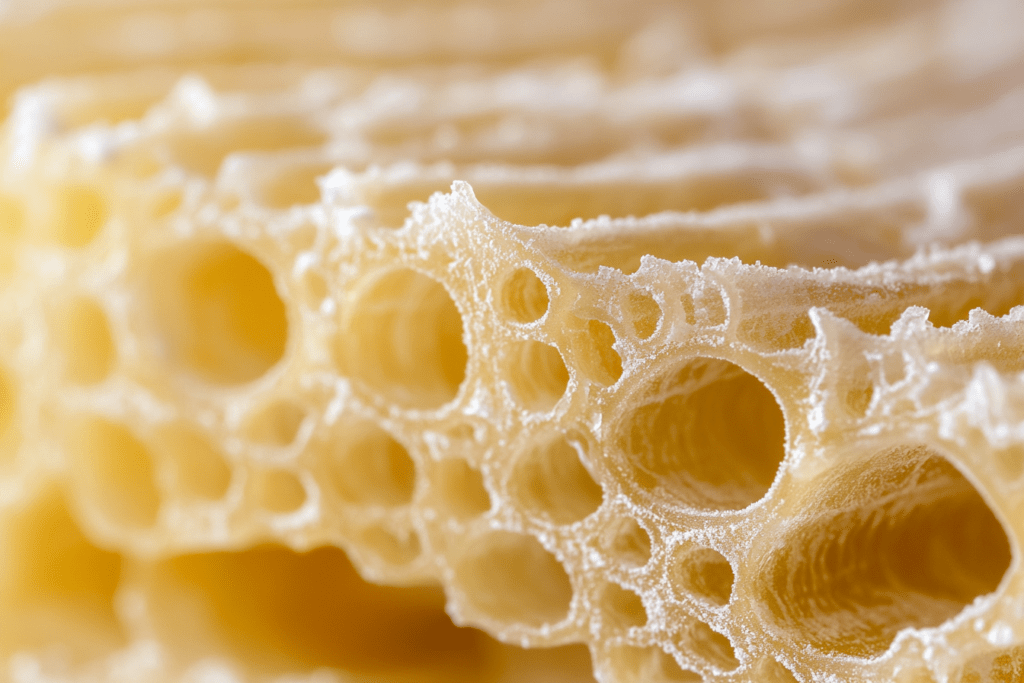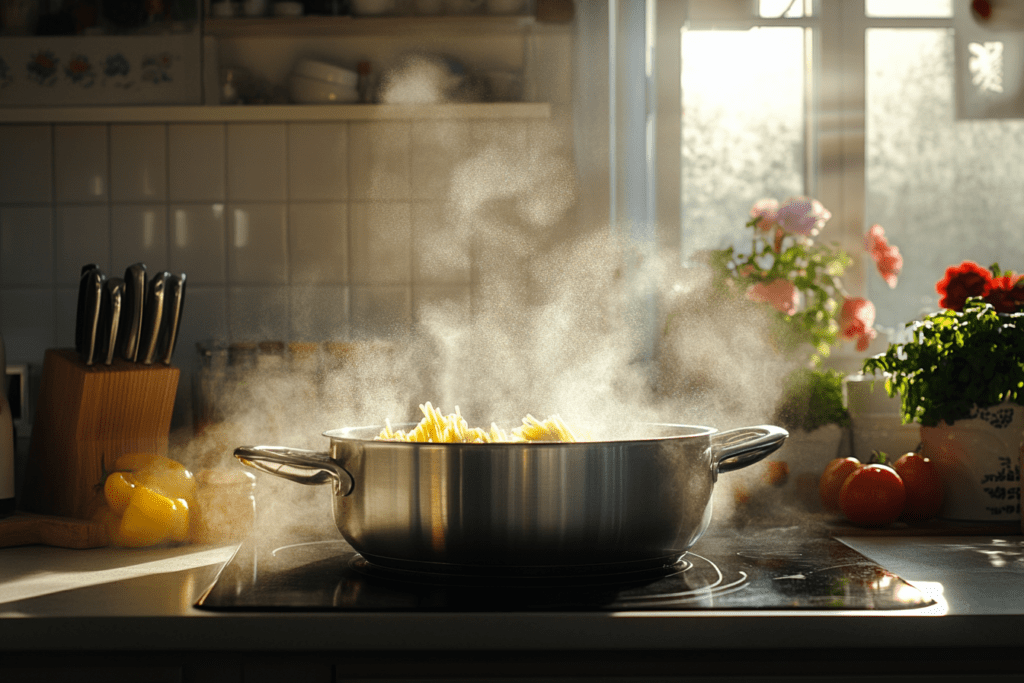Behind every plate of perfect Italian pasta lies a secret that transforms ordinary noodles into something extraordinary. While many believe the magic lies in premium ingredients or specialty equipment, the truth is far simpler – yet rarely shared outside Italian kitchens.
The thickness factor makes all the difference

Italian spaghetti is noticeably thicker than what most Americans are accustomed to. This seemingly minor detail dramatically affects the pasta’s final texture. When cooked properly, thicker strands develop that characteristic chewy bite that’s impossible to achieve with thinner varieties.
The extra thickness allows the pasta to maintain its structure while cooking, resulting in a more satisfying mouthfeel. When shopping for pasta, look for spaghetti with a diameter between 2.0-2.2mm for that authentic Italian experience.
Why adding oil to pasta water is a mistake
Many non-Italian recipes suggest adding oil to pasta water to prevent sticking. However, this common practice actually sabotages the pasta’s texture. Oil creates a slick coating that prevents the sauce from properly adhering to the noodles.
Instead, use a larger pot with plenty of water – about 4-5 quarts per pound of pasta. This gives the pasta enough space to move freely as it cooks, naturally preventing clumping without compromising the final dish.
The real meaning of al dente

True al dente pasta should have a subtle resistance when bitten – but not in the way most people think. The pasta’s center should maintain a slight firmness while the outer portion remains tender. If you cut a piece of perfectly cooked pasta in half, you’ll notice a tiny white dot in the center.
This isn’t just about personal preference – it’s about chemistry. When pasta reaches this precise point of doneness, its starches are perfectly hydrated without becoming waterlogged, creating that signature texture Italian pasta is famous for.
The crucial final minute of cooking
The transformation from good to exceptional pasta happens in the last 60 seconds. Remove the pasta from the water one minute before the package instructions suggest. Transfer it directly to the sauce, bringing along a small amount of the starchy cooking water.
This final minute of cooking in the sauce allows the pasta to absorb the flavors while the starchy water helps create a silky smooth sauce that clings perfectly to each strand. This technique, known as “risottare” in Italian kitchens, makes all the difference in the final dish.
The temperature timing technique

Timing isn’t just about minutes – it’s about temperature synchronization. Your sauce should be ready just as the pasta nears completion. Adding perfectly timed pasta to a cold sauce disrupts the cooking process and prevents proper absorption of flavors.
Consider this: what if restaurants maintained their reputation for perfect pasta not through secret ingredients, but through precise temperature control? This attention to thermal timing ensures each plate achieves that ideal texture every single time.
These techniques might seem simple, but they represent generations of Italian pasta-making wisdom. The next time you prepare pasta, remember: the secret isn’t in special ingredients or equipment – it’s in understanding and respecting these fundamental principles that transform simple ingredients into something remarkable.


